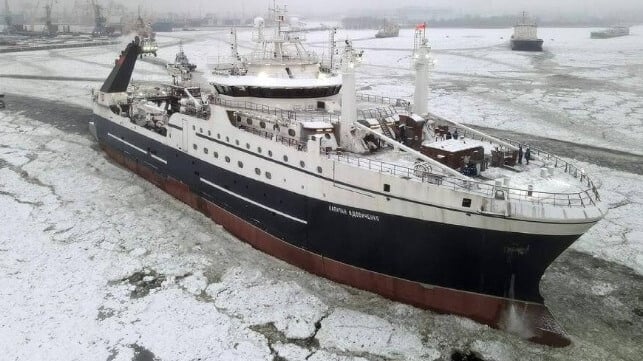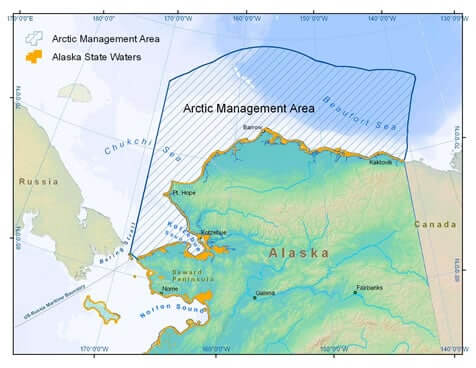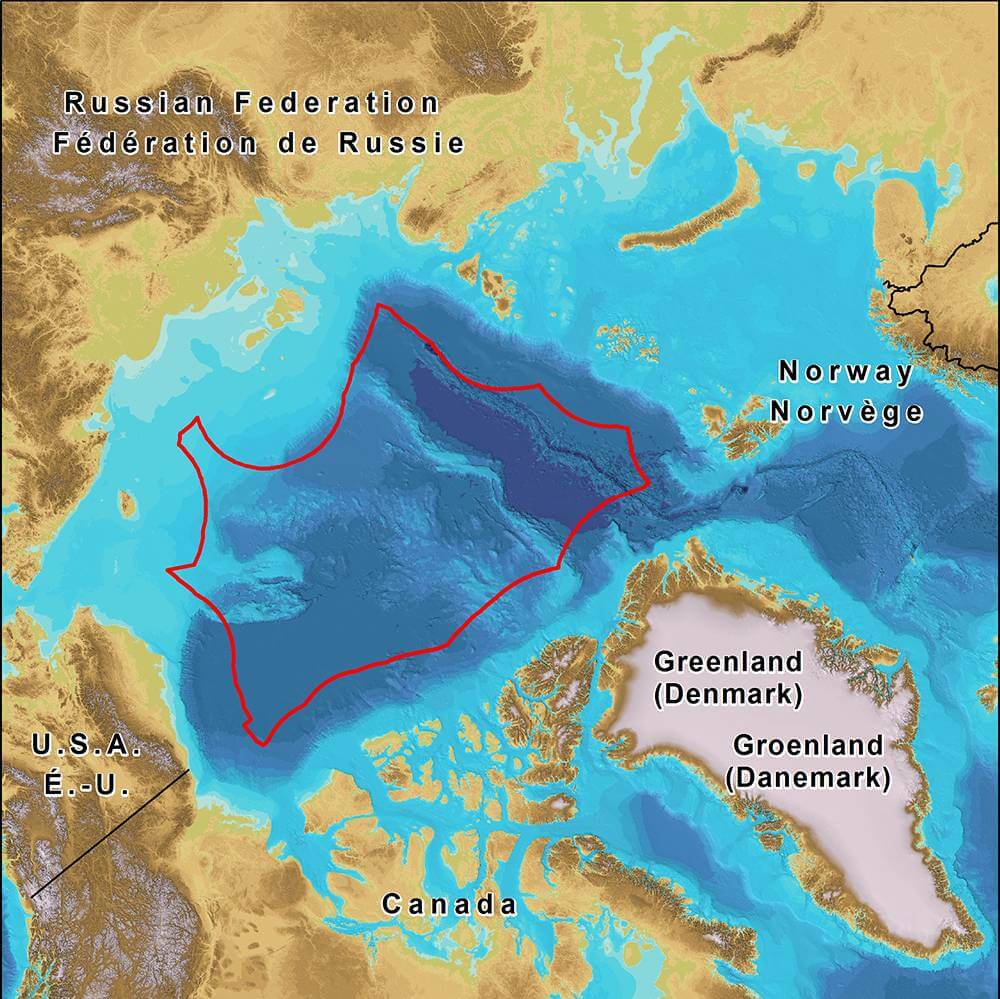Alaska to Study Fishing in Protected Arctic Waters

The Alaska Department of Fish and Game (ADF&G) has said that it is preparing for an eventual end to the longstanding moratorium on commercial fishing in U.S. Arctic waters.
Speaking last month during the Arctic Encounter Symposium held in Anchorage, Alaska, ADF&G Commissioner Doug Vincent-Lang said his department is seeking $1 million in state funds and another $2 million in federal funds to work on research aimed at understanding sustainable fishing in the Arctic, in the event it happens there.
“As fish stocks move north around the circumpolar north - and fishing fleets from other countries follow them - Alaska should not be left out. We see opportunities for our coastal communities to develop fisheries. And we certainly do not want to be left onshore while Russia and other countries go out and fish those waters,” said Vincent-Lang, according to the Alaska Beacon.
If the funding is approved, the scientific research will identify stocks north of the Bering Strait that are capable of being developed into commercial fisheries. Thereafter, ADF&G will draft a fishery management plan, determining participants and possibly allocating shares by communities.
In 2009, the U.S government introduced the Arctic Fishery Management Plan, seeking to ban commercial fishing in over 150,000 square miles of federal waters off the Alaska Coast. This includes fishing north of the Bering Strait, Chukchi and Beaufort Seas on the U.S. side of the demarcation line with Russia. After approval by the North Pacific Fishery Management Council, the ban came into force.

Federal waters protected by the 2009 Fishery Management Plan (Courtesy NPFMC)
However, Russia never issued any moratorium in its own Arctic waters, and in 2020, the Russian government opened the first commercial fishery for pollock in its sector of the Chukchi Sea.
As global oceans are warming and the ice is starting to clear in the Arctic, some fish stocks are shifting northward, a phenomenon called borealization. Some of the species migrating north include Pacific cod and pollock. In the Russian waters of Chukchi Sea, pollock stocks have been on the rise in the past few years.
Further north, in a region beyond any national jurisdiction, the Arctic is well protected from unregulated fishing. The landmark Central Arctic Ocean Fisheries Agreement entered into force in 2021, banning commercial fishing operations in the high seas zone of the Central Arctic Ocean. Parties to the agreement include Canada, China, Denmark, the EU, Iceland, Japan, Norway, Russia, South Korea and the United States. The agreement will remain in force for 16 years and extends automatically for another five years unless one party objects.

Region protected by the Central Arctic Ocean Fisheries Agreement (Courtesy Government of Canada)
No commercial fishing has ever taken place in this icebound area, but the agreement was adopted by the countries as a precautionary measure, as the region is increasingly accessible due to climate change.
In fact, Arctic fishing is one of the few areas in which the U.S and Russia have retained ties. In March, Russian government representatives participated, albeit remotely, in a meeting held in Utqiagvik, Alaska, geared towards developing a joint scientific program on Arctic fisheries.
